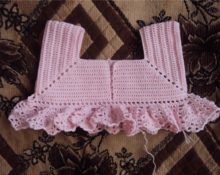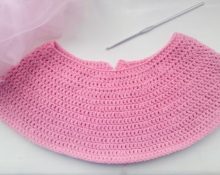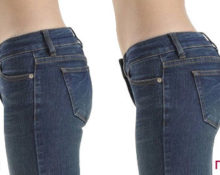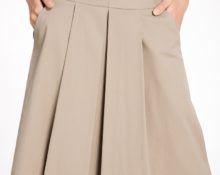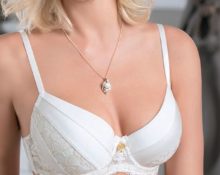A trench coat with a flowing yoke is a garment for all times. The permanent leader of men's, and since the beginning of the 20th century, women's wardrobe, this raincoat has come a long way from a soldier's uniform to an extravagant and fashionable women's favorite.
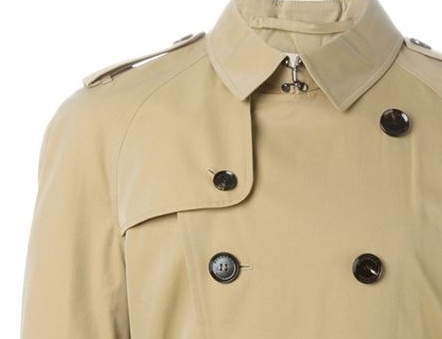
What is a flyaway yoke on a trench coat?
Since the trench coat was initially considered military clothing, its appearance was created to suit the needs of soldiers. Thus, a fabric pad that was located on the right shoulder (in the professional language of tailors, a flap yoke) was necessary to protect the shoulder from the recoil of the gun butt when shooting and from rubbing with the rifle strap while it was worn on the shoulder.
Reference! On most modern raincoats this element is still found, as a tribute to tradition and a detail of the classic trench coat. Moreover, on men's items the flyaway yoke is always attached to the right side, and on women's items, sometimes on the left.
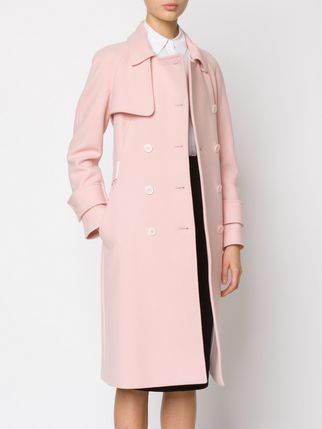
How it appeared
The creation of the raincoat is disputed by two popular English brands.According to Aquascutum, this raincoat was first created by the company's designers in 1913 as a military uniform for British soldiers during the First World War, receiving positive reviews from the military due to its high wear resistance and waterproofness.
Since the end of the 19th century, the Aquascutum company (translated as water protection) began to specialize in the development of innovative items for everyday use and the needs of the military during the Crimean War.
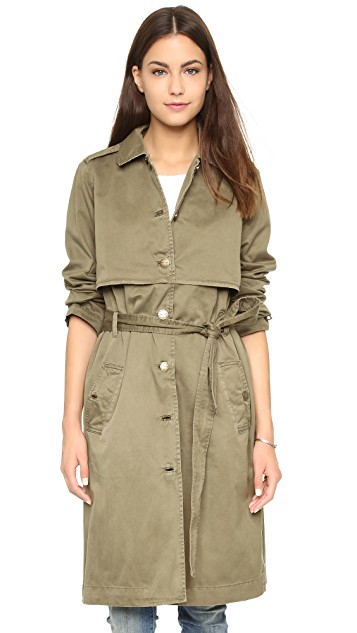
The first model, which is positioned by Aquascutum as a predecessor of the trench coat, dates back to 1853. The cloak was made of thick cloth, made in the best factory in England. The material was gray in color and waterproof - as much as could be done at that time.
But before the creation of Aquascutum, in 1950, Charles Macintosh & Co had already produced several generations of men's trench coats.
At the same time, Burberry states that the author of this raincoat is the company’s founder, Thomas Burberry, and this version is considered more truthful. In 1888, the owner of the plant patented a “breathable” waterproof material, gabarin, which, among other things, was used in 1911 to equip Raoul Amundsen’s first trip to the South Pole.
The complex twill weaving of this fabric, which formed a diagonal scar with a significant slope, together with a special wax-based impregnation, allowed water to roll off the cloak, preventing it from getting completely wet. So the gabarin is a certain standard in the manufacture of trench coats.
Why do you need a flying yoke?
It must be said that today the trench coat has certain rudiments of the previous style of this clothing: for example, steel half-rings hanging from the overlays. Since before that they were used to attach swords or grenades.
Reference! A flyaway yoke was required for protection during precipitation.
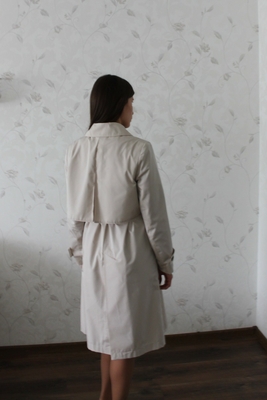
How to use a flyaway yoke on a track coat
At first, this item of clothing performed several tasks simultaneously. First of all, when shooting, such a pad softened the blow from the gun, and also prevented the shoulder from rubbing with the rifle strap, and in addition, it allowed protection from bad weather: during precipitation, the yoke was fastened overlapping the top of the lapel and did not allow rain to get inside.
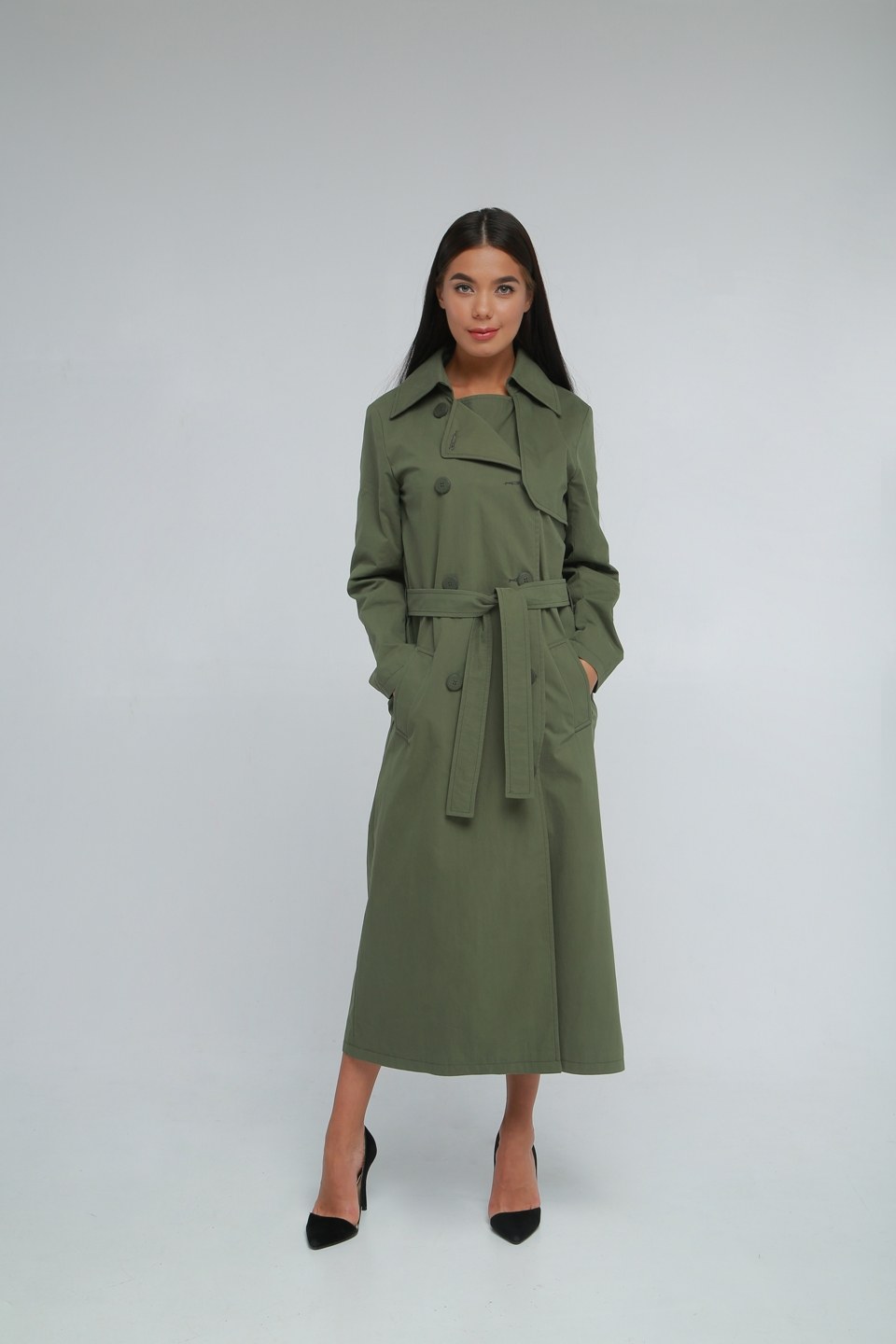
On men's products, the yoke is on the right side, since when shooting, a right-handed person puts the gun on this shoulder. And for women's raincoats, the yoke can be sewn on either side.
Gradually, the trench coat began to move from the soldiers’ wardrobe into everyday fashion; its style changed, but the yoke did not disappear. It can still be seen on classic trench coats, and its presence cannot be called useless - it hardly protects against the impact of a butt, but it does protect against precipitation.


 0
0